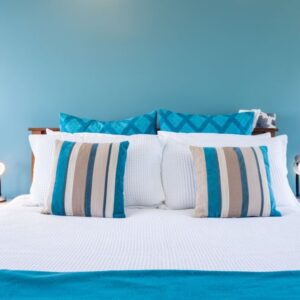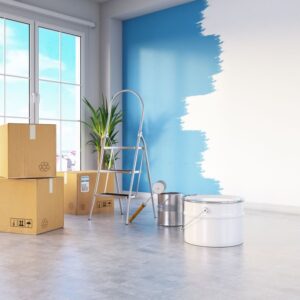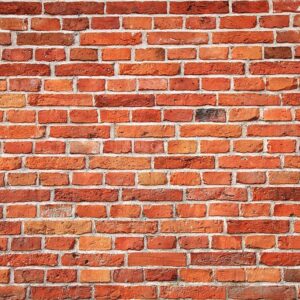Introduction
Enhancing the overall aesthetics of a bathroom involves incorporating design choices that create a visually appealing and harmonious space. The right choice of elements can transform a simple and functional bathroom into a relaxing and visually appealing environment. Here is a detailed explanation of how the right choice can enhance the aesthetics of the bathroom:
Color Scheme: One of the most important factors in bathroom aesthetics is the color scheme. The right choice of colors can set the tone and mood of a space. Neutral and light colors like white, beige, or pastels can make a bathroom feel more spacious and airy, while darker colors can add depth and sophistication. It is important to choose colors that complement each other and create a cohesive look throughout the bathroom.
Materials and finishes: Choosing the right materials and finishes can significantly affect the aesthetics of a bathroom. High-quality and visually appealing materials such as natural stone, marble, glass, or brushed metal can add luxury and elegance. It is important to consider not only the aesthetic appeal but also the durability and maintenance requirements of the materials chosen.
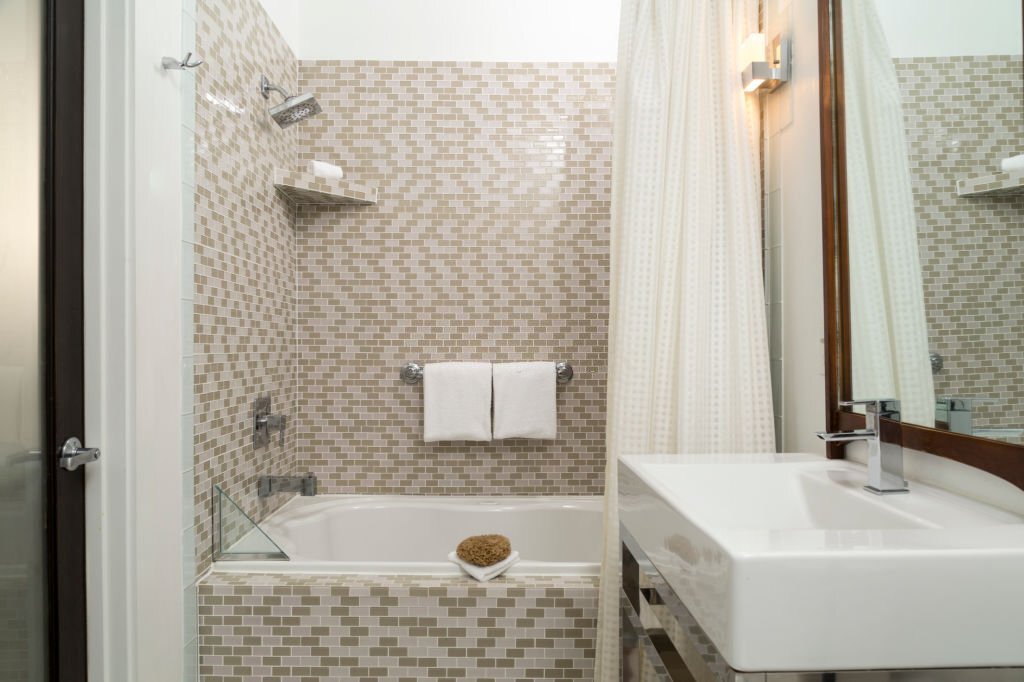
Lighting: Proper lighting can make a huge difference in the overall ambiance of a bathroom. Natural light is always better if possible, as it creates a more pleasant and inviting environment. Additionally, strategic placement of artificial lighting, such as wall spotlights, vanity lights, and overhead fixtures, can highlight key spaces, add warmth, and create a spa-like atmosphere.
Fixtures and fittings: Faucets, shower heads and other fixtures provide an opportunity to add style and character to a bathroom. Choosing modern, sleek, or even vintage-inspired fixtures that match the overall design theme can elevate the aesthetic and create a more cohesive look.
Storage and organization: Keeping the bathroom clutter-free and well-organized adds to its overall aesthetics. Consider storage solutions that blend seamlessly with the bathroom design, such as built-in shelves, cabinets with stylish handles, or decorative baskets.
Understanding Your Bathroom’s Style and Needs:
Assessing the bathroom’s current decor and color scheme is an essential step in any bathroom renovation or redesign project. This involves carefully evaluating the current state of the bathroom, including its layout, design elements, color palette, and overall style.
Observation: Start by taking a good look at the existing bathroom. Note its size, layout, and architectural features. Pay attention to the placement of fixtures, such as the sink, toilet, bathtub or shower, and any built-in storage or shelving.
Color palette: Identify key colors in the bathroom. Note the color of walls, tiles, floors and other important elements. Understanding the current color scheme will help you determine whether you want to keep existing colors or introduce new ones.
Style and Theme: Consider the overall style and theme of the bathroom. Is it modern, traditional, minimalist, rustic, or something else? Examine existing decor and accessories to understand the prevailing theme.
Condition and Wear: Assess the condition of bathroom fixtures. Note any signs of wear, damage, or old fixtures. This assessment will help you determine which items need to be replaced or refurbished.
Lighting: Assess the lighting in the bathroom, both natural and artificial. Adequate lighting is crucial to the functionality and aesthetics of a bathroom. Identify areas that may need better lighting solutions to enhance the overall ambiance.
Functionality: Consider how well the current layout and design of the bathroom serves its purpose. Assess the functionality of the space and identify any potential problems or inefficiencies that need to be addressed.
Exploring Different Shower Curtain Materials
When designing or renovating a bathroom, kitchen, or any other space prone to moisture and humidity, it’s important to understand the water-resistant and mold-resistant properties of different materials. These features help ensure longevity, durability, and overall hygiene of the space. A detailed description of water resistant and mold resistant materials is as follows:
Water resistant material:
Ceramic Tiles: Ceramic tiles are a popular choice for bathroom floors and walls due to their excellent water resistance. They have a non-porous surface that prevents water absorption and helps protect the infrastructure from water damage.
Porcelain tiles: Porcelain tiles are denser than ceramic tiles, making them more water resistant. They are particularly suitable for areas with heavy water exposure, such as shower stalls and bathroom floors.
Natural Stone: Some natural stones, such as granite and slate, are naturally more water resistant than others. However, it is important to seal natural stone surfaces regularly to maintain their water-resistant properties.
Glass: Glass is non-porous, which protects it from water and is a good option for shower walls and decorative elements in the bathroom.
Water-resistant paint: For bathroom walls, it is important to use a water-resistant paint that can withstand moisture and frequent cleaning without peeling or forming mold.
Mold Resistant Materials:
Fiberglass: Fiberglass is a mold-resistant material commonly used in showers and tubs. Its smooth surface does not provide an ideal environment for mold growth.
PVC (Polyvinyl Chloride) and Vinyl: PVC and vinyl are water resistant and do not support mold growth, making them ideal choices for bathroom wall panels and flooring.
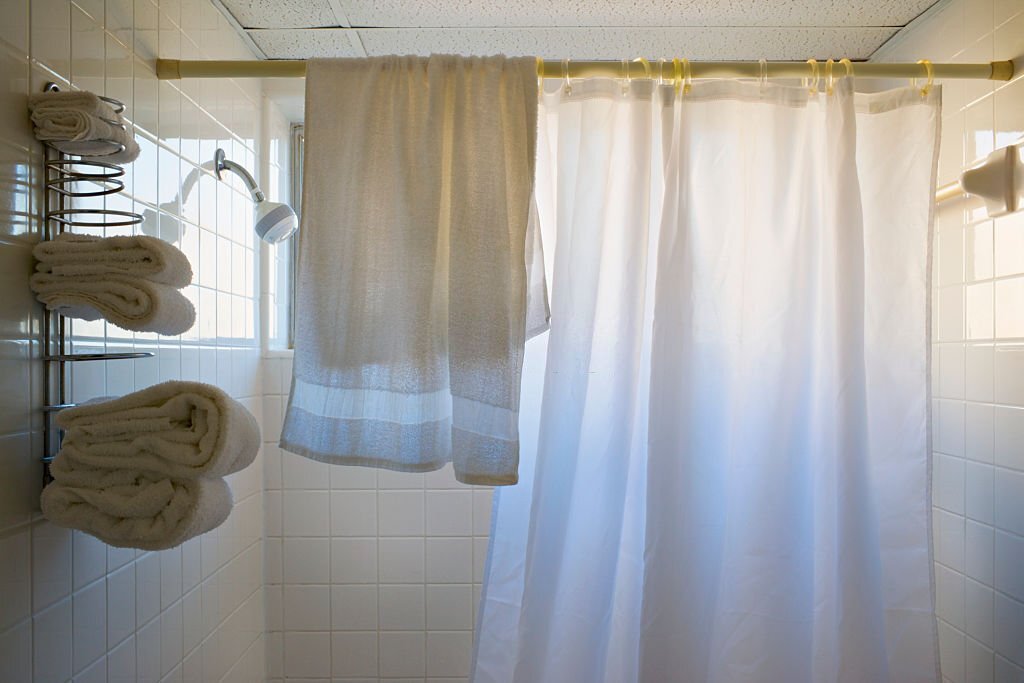
Cement backer board: This material is commonly used as a tile underlayment in wet areas. Cement backer board is mold resistant and provides a stable surface for tile installation.
Acrylic: Acrylic materials used for bathtub and shower enclosures are non-porous, which prevents mold growth and makes them easy to clean and maintain.
It is important to note that although these materials are water and mold resistant, proper installation and maintenance are also essential to ensure their effectiveness. Here are some additional tips to prevent water damage and mold growth in moisture-prone areas:
Adequate ventilation: Install and maintain an effective bathroom ventilation system to reduce humidity levels and prevent moisture build-up.
Sealing: For natural stone surfaces and grout lines, regular sealing is essential to maintain water resistance and prevent mold growth.
Decoding Shower Curtain Sizes and Types
Decoding shower curtain sizes and types involves understanding the different options available in the market to ensure you choose the right curtain that fits your shower or bathtub area properly. Here is a detailed description of shower curtain sizes and types:
Standard Shower Curtain Sizes:
Standard Width: The standard width of a shower curtain is usually 70 inches (178 cm). This width is designed to fit most standard shower or bathtub areas.
Standard length: The standard length of a shower curtain varies, but it is usually available in 70 inches (178 cm) or 72 inches (183 cm) long. This length ensures that the curtain hangs well below the edge of the shower or bathtub to prevent splashing.
Extra Long Shower Curtains:
Extra Long Width: Extra long shower curtains are available in widths beyond the standard 70 inches. They are perfect for areas with large or custom showers or bathtubs.
Extra Long Lengths: Extra long shower curtains are also available in lengths beyond the standard 70 or 72 inches. These curtains are ideal for tall or uniquely designed shower spaces.
Types of Shower Curtains:
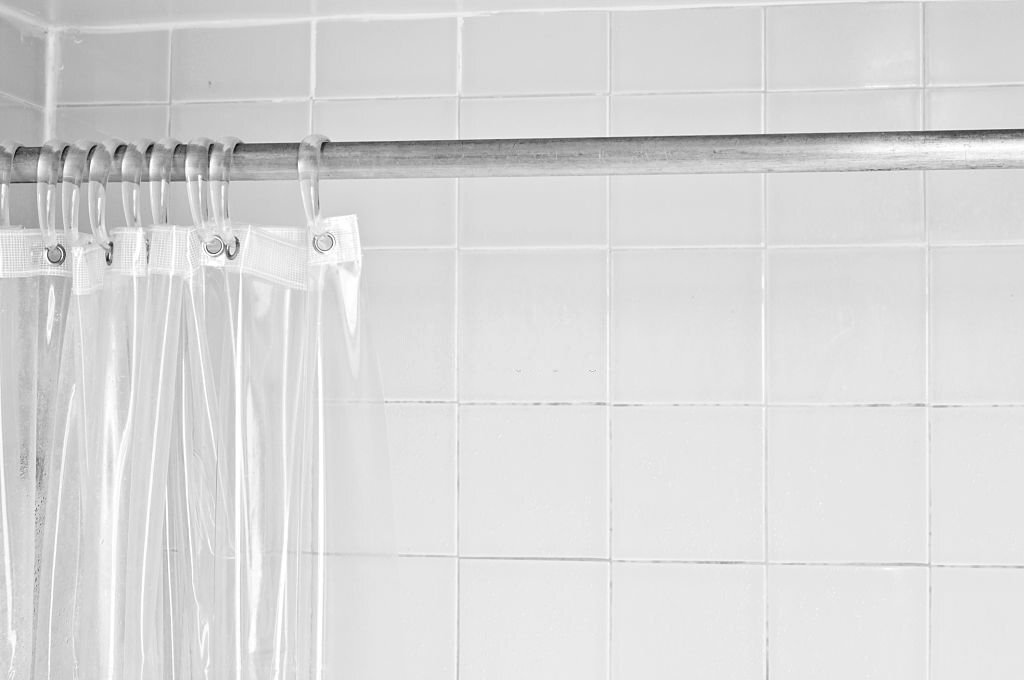
Fabric Shower Curtains: Fabric shower curtains are made from a variety of materials, such as polyester, cotton, or fabric blends. They come in a wide range of colors, patterns and designs, making them a popular choice for adding a decorative touch to the bathroom. Fabric curtains often require a separate shower curtain liner to provide water resistance.
Vinyl or plastic shower curtains: Vinyl or plastic shower curtains are water-resistant and often come with built-in liners or magnetic weights at the bottom to keep them in place. They are easy to clean and maintain, making them suitable for bathrooms with high water usage.
Hookless Shower Curtains: Hookless shower curtains have grommets or built-in rings along the top edge, eliminating the need for shower curtain hooks or rings. They offer a sleek and modern look and are easy to install.
Textured or Embossed Shower Curtains: These curtains have textured or embossed designs that add visual interest and can complement a variety of bathroom decor styles. They can be made of fabric, vinyl or plastic.
Custom shower curtains:
If you have a non-standard or uniquely shaped shower or bathtub area, you can choose a custom shower curtain. Many manufacturers or retailers offer customization options for size, material and design.
Shower Curtain Liners:
A shower curtain liner is a separate, water-resistant curtain that hangs inside the bathtub or shower area to prevent water from splashing onto the bathroom floor. It is usually used in conjunction with a decorative shower curtain. Shower curtain liners are available in a variety of sizes to match standard and extra long shower curtains.
You will also Like: How to declutter and organize your living space.
Addressing Practical Concerns: Functionality and Maintenance:
Choosing shower curtains with easy installation and maintenance is essential to ensure a hassle-free experience in maintaining a clean and functional bathroom. Here is a detailed explanation of what to consider when choosing shower curtains with easy installation and maintenance:
Pre-attached hooks or rings: Look for shower curtains that come with pre-attached hooks or rings. These curtains are designed for easy installation, as you can slide them onto the shower curtain rod without the need for separate hooks or rings. This feature saves time and effort during setup.
Hookless Design: Consider hookless shower curtains, which have grommets or built-in rings on the top edge. With hookless curtains, you can easily hang them on a curtain rod without having to deal with individual hooks or rings. This design also gives the bathroom a modern and sleek look.
Snap-in liners: Some shower curtains come with snap-in liners. These liners attach to the curtain with snaps or buttons, making them easy to remove and reattach for cleaning. Snap-in liners are convenient because you can wash them separately from the curtain.
Machine washable: Check the care instructions to make sure the shower curtain is machine washable. Machine washable curtains are easy to clean and maintain. When it comes time to clean, you can just toss them in the washing machine according to the manufacturer’s instructions.
Quick-drying material: Choose a shower curtain made from a quick-drying material such as polyester or nylon. These materials are less likely to retain water and moisture, which helps prevent mold and mildew growth. Quick drying curtains are also easier to maintain.
Water-repellent or mold-resistant coating: Some shower curtains have a water-repellent or mold-resistant coating. This coating provides an additional layer of protection against water damage and mold growth. They make cleaning easier and reduce the frequency of washing.
Conclusions:
Finally, “The Ultimate Guide to Choosing the Best Shower Curtains for Your Bathroom” provides comprehensive insights to help transform your bathroom into a stylish and functional oasis. By understanding your bathroom’s style, needs and dimensions, you can make an informed decision when choosing the ideal shower curtain.
We explored different materials, from fabrics to vinyl and polyester, taking into account their unique properties such as water resistance and mold resistance. Armed with this knowledge, you can confidently choose a shower curtain that not only complements the aesthetics of your bathroom, but also stands the test of time.
Aesthetics took center stage as we entered the realm of stylish designs, colors and patterns. Whether you prefer an accent piece or a statement shower curtain, we’ve encouraged creativity to express your personality in bathroom decor.
Functionality and maintenance were not overlooked, as we recognized the importance of water resistance and mildew resistance. Armed with our practical tips, you can ensure that your shower curtain stays fresh and clean, maintaining its pristine appearance.


